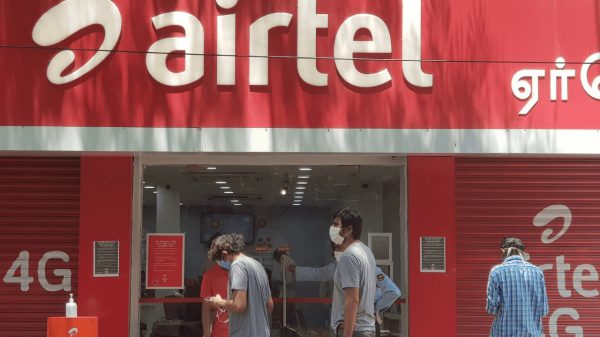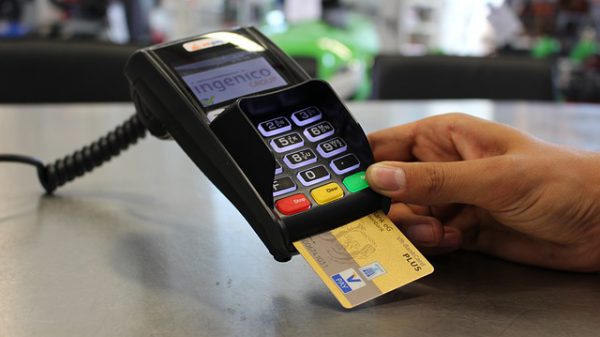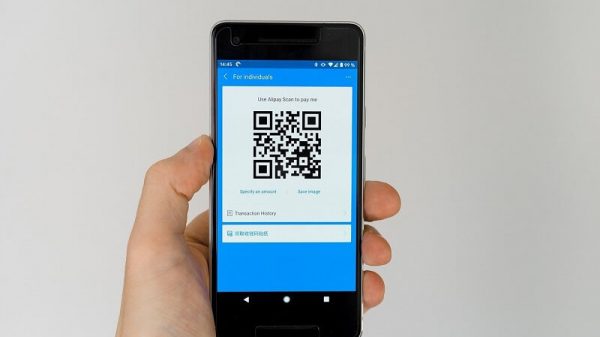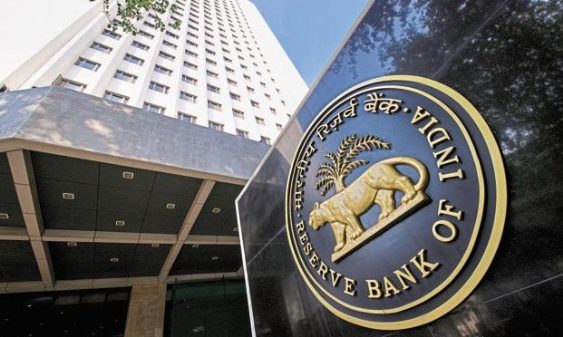The Reserve Bank of India (RBI) has introduced guidelines for the Payments Infrastructure Development Fund (PIDF) scheme, which will subsidise the deployment of payments touch points across Tier-3 to Tier-6 centres and the North-Eastern states. While the fund will have a corpus of ₹345 crore from the get-go, the RBI has introduced a fee that card networks and card-issuing banks will have to pay based on their annual turnover.
Payments infrastructure incurs a cost for all players in the chain, from banks, non-bank players like fintechs and wallet players to Point-of-Sale (PoS) device manufacturers. A PIDF essentially subsides the cost of acquisition for banks to deploy payments infrastructure like physical PoS devices, mobile PoS, GPRS (General Packet Radio Service), PSTN (Public Switched Telephone Network), QR code-based payments and other card based payments methods.
The PIDF will operational for three years from January 1, 2021, which can be extended by two years if necessary. The aim of the fund is to add 1 million physical payment acceptance devices and 2 million digital payments devices every year, the RBI says.
While the RBI has set out broad guidelines, it has formed an Advisory Council (AC) responsible for managing the fund and framing the operational rules. It is headed by BP Kanungo, Deputy Governor of the RBI and includes:
- Sunil Mehta, Chief Executive of the Indian Banks’ Association
- Dilip Asbe, Chief Executive Officer, National Payments Corporation of India
- Vishwas Patel, Chairman of Payments Council of India
- Shailesh Paul, Vice President and Head Merchant Sales and Solutions, Visa
- Rajeev Kumar, Senior Vice President, Market Development, Mastercard
- D Nageswara Rao, Chief General Manager, NABARD
- R Vittal Raj, Chartered Accountant, Kumar & Raj Chartered Accountants
- Ajay Michyari, Regional Director, Reserve Bank of India
Targets under the PIDF
The RBI says banks should target merchants who are yet to posses any payments acceptance device funds and that the AC will have to devise a transparent mechanism for allocating targets to acquiring banks and non-bank players across segments and locations. It has provided a matrix in terms of where banks and other merchant acquirers need to deploy payments’ infrastructure, with the focus on deploying payments infrastructure in Tier-5 and Tier-6 centres.
Financing the PIDF
The RBI has mandated that all banks and card networks contribute to the PIDF. While the RBI has contributed ₹250 crore to the initial corpus of the PIDF, major card networks have provided ₹95 crore so far.
- Card issuing banks should pay ₹ 1 per debit card and ₹3 per credit card they have issued. The funds will be collected January 31, 2021
- Going forward, issuing banks will have to pay the same rate for every new debit and credit card they issue, respectively, during the year.
- Card networks to pay 1 basis point (bps) or, 0.01 paisa per rupee transaction, annually
- Card issuing banks to 1 bps and 2 bps or, 0.01 paisa and 0.02 paisa per rupee transaction, for debit and credit cards respectively, on an annual basis
- New entrants to the card payment eco-system (card issuer and card network) shall contribute an appropriate amount to the PIDF
- The RBI will contribute to yearly shortfalls, if any.
Subsidy and claims under PIDF
The AC will create the rules for acquiring players to claim a subsidy depending on their capital expenditure, type of device, deployment location and other criteria. . Depending on their performance, the subsidy will be paid on a half yearly basis, the RBI says.
- Maximum cost of physical acceptance device to avail subsidy: ₹10,000 (including one-time operating cost upto ₹500)
- Maximum cost of digital acceptance device to avail subsidy: ₹ 300 (including one-time operating cost upto ₹200)
- AC should introduce a ‘minimum usage’ criteria set 50 transactions over a period of 90 days
- Active status shall be minimum usage for 10 days over the 90-day period
- 75% of the subsidy amount will be released on a half-yearly basis
- 25% of the balance will be released if the acceptance device is active for 3 out of the 4 quarters of the ensuing year
- The claim should be submitted only after making payment to the vendor
- Acquiring players cannot claim the subsidy under the PIDF, if it is receiving a subsidy under other merchanisms for deploying payments infrastructure
Acquirers who meet or exceed their targets, whether in terms of deployment time or greater utilisation of devices, will be “incentivised while those who do not achieve their targets shall be disincentivised,” the RBI says.
- If less than 75% of the target is achieved or utilised, the acquirer can only seek 90% of eligible subsidy
- If 75% to 125% of the target is achieved or utilised, the acquirer can claim 100% of eligible subsidy
- If more than 125% of the target is achieved or utilised, the acquirer can only seek 110% of eligible subsidy
Also read


















